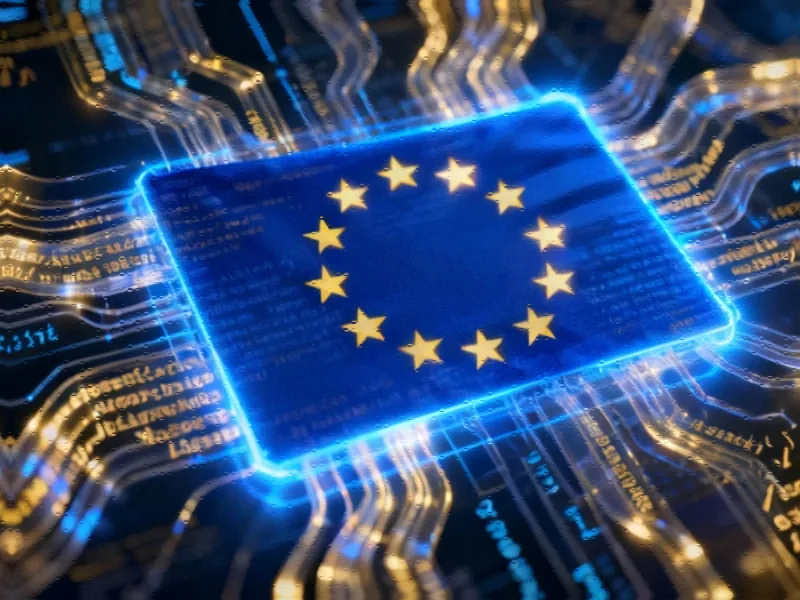According to TechSpot, Italy’s Communications Regulatory Agency (AGCOM) will begin enforcing new age verification requirements for pornographic websites starting November 12, 2024, with fines up to €250,000 for non-compliance. The regulation (No. 96/25/CONS) targets major platforms including Pornhub, Xvideos, RedTube, and Xhamster, requiring them to implement a “double anonymity” system where users verify their age through certified third parties and receive digital access codes. Italian authorities claim the system protects privacy by preventing porn sites from seeing user identities and preventing verifiers from tracking site visits, though critics note the verification process itself could expose user identities. This move follows similar initiatives in France and the UK, creating a growing trend of age verification mandates across Europe.
The Privacy Paradox in Age Verification
The fundamental challenge with Italy’s approach lies in what I call the “privacy paradox” – attempting to create anonymous verification systems while still needing to reliably identify individuals. The AGCOM regulation claims to offer “double anonymity,” but this creates a false sense of security. Any system that verifies real identities necessarily creates data trails that can be exploited, either through technical vulnerabilities, legal requests, or commercial partnerships. The requirement that users complete verification every time they access a site actually multiplies the privacy risk rather than reducing it, creating multiple points of potential exposure.
Inevitable Technical Workarounds and Market Fragmentation
History shows that when governments attempt to wall off content, users and technology providers quickly develop workarounds. We’ve seen this pattern repeatedly with geo-blocking, copyright enforcement, and previous age verification attempts. VPN usage in Italy will likely surge, creating a two-tier internet where privacy-conscious users bypass restrictions while less technical users face increased surveillance. This fragmentation could push users toward less reputable sites that don’t comply with the regulations, potentially exposing them to greater security risks including malware and scams. The regulation may inadvertently create a less safe environment for the very users it aims to protect.
Broader Implications for Digital Rights
What begins as age verification for adult content often expands to other areas of internet governance. We’ve seen this “scope creep” in other jurisdictions where initially narrow content controls gradually expanded to include social media, news sites, and other platforms. The technical infrastructure being built for porn site verification could easily be repurposed for broader internet monitoring and control. Additionally, the precedent set by Italy’s approach may influence other EU member states considering similar measures, potentially leading to a patchwork of conflicting verification requirements across Europe that complicate digital commerce and cross-border services.
Practical Implementation Challenges
The enforcement timeline appears unrealistically aggressive. Major platforms will need to develop, test, and deploy complex verification systems across their entire Italian user base within days of the regulation taking effect. This compressed timeline increases the likelihood of technical failures, security vulnerabilities, and user experience problems that could drive legitimate users toward unregulated alternatives. The verification requirement for every site visit creates significant friction that will likely result in user abandonment and increased pressure on platforms to find less intrusive alternatives that may compromise the regulation’s intended protections.
The Future of Age Verification Technology
Looking beyond the immediate implementation, this regulation represents a broader trend toward identity verification that will likely accelerate across multiple industries. However, the technical solutions for truly privacy-preserving age verification remain immature. Technologies like zero-knowledge proofs and decentralized identity systems offer potential pathways forward, but these are still in development and face significant adoption barriers. Until these mature, we’re likely to see continued tension between privacy advocates, regulators, and platform operators, with users caught in the middle facing either increased surveillance or limited access to legitimate content.




